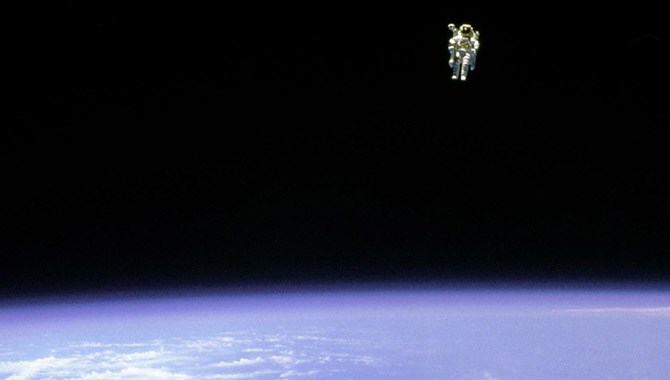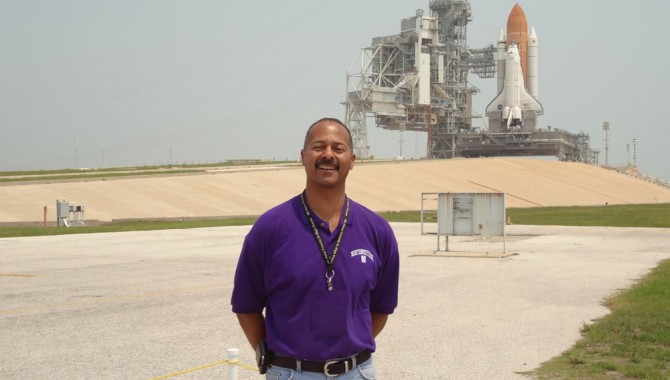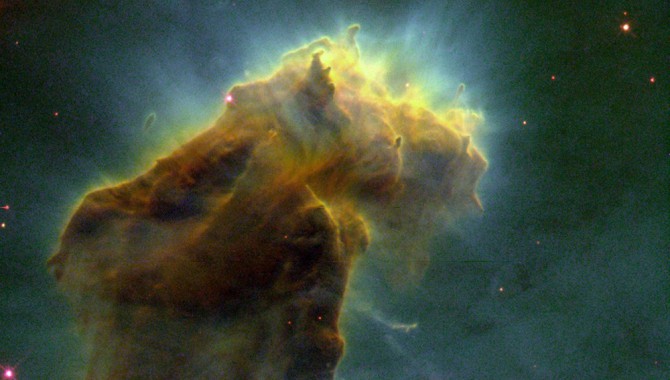
Vol. 5, Issue 9 Where do you go to find what you don’t know?

Vol. 5, Issue 9 Where do you go to find what you don’t know?

Vol. 5, Issue 9 Kennedy Space Center’s Michael Bell talks about the state of knowledge at his center.
Vol. 5, Issue 9 NASA received international recognition for the quality of its professional development activities.

Vol. 5, Issue 9 Once told shed never make it in the space sector, Agnieszka Lukaszczyk shares what it took to build her career.

September 27, 2012 Vol. 5, Issue 9 You dont have to be a graphic designer to tell the visual story of your scientific and engineering data well.

September 27, 2012 Vol. 5, Issue 9 We were in the design phase for Viking, and I didn’t see how it was possible for me to leave the project at that point.

September 27, 2012 Vol. 5, Issue 9 Landsat Data Continuity Mission (LDCM) engineers overcame two obstacles to keep the mission on track for a launch readiness date of February 11, 2013.

September 27, 2012 Vol. 5, Issue 9 Thirty-five years after the Voyager program started, the twin spacecraft have surpassed all expectations.